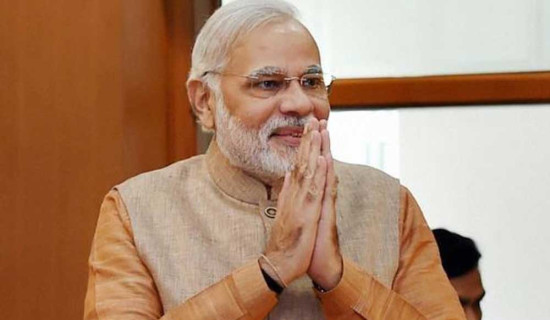- Sunday, 24 August 2025
Promote ECAs In Class 10
The National Examinations Board (NEB) released the results for the Secondary Education Examination (SEE) on Thursday. The results were better than that of last year and over 22,000 students scored a grade point average (GPA) of 3.60 or above. NEB officials expressed their happiness at the improved scores and, going by social media posts, guardians and students also seem pleased with the results.
Of course, as in previous years, the results have triggered a debate around the necessity of the SEE and the importance given to it over other, arguably more consequential, academic tests.
But no matter what we say or do, the reality of the day is that SEE is here and will remain here for the foreseeable future. And, while it may not be as difficult to cross this ‘iron gate’ as before, students still take a lot of pressure, or rather, are put under a lot of pressure.
When pupils reach the 10th grade, their entire life changes. Schools and teachers turn them into bridled horses, trying to get them to focus on books and nothing else. In addition to six hours of regular classes, children are asked to come early or stay late or both for so-called ‘coaching’. Extracurricular activities are all but banned for Class 10 students and they are treated as a waste of time that distracts the children from studying for the all-important SEE.
But this may be counter-productive. In fact, research has consistently shown that students engaged in activities outside classrooms perform better academically. This is because things like sports teach students perseverance, discipline and responsibility. It is a misconception that study and hobbies are mutually exclusive. With support and oversight, children can and do learn to balance both and use the skills learnt from extracurriculars to better their performance in academia.
Furthermore, participating in clubs can actually supplement classroom learning, help students understand lessons and remember concepts easily (instead of merely memorising definitions without any understanding of what they mean and what their applications are).
Blocking 10th-graders from participating in extracurricular activities also robs them of opportunities for skill development and personal exploration at a crucial juncture in their lives. The 10th standard is when students are growing out of their childhood and slowly entering adulthood. This is the time they start comprehending the world around them and developing ideas and ideologies about society and their place in it. This is the time when they become the person they will be for the rest of their lives. So, they should be allowed to socialise, explore their interests and uncover and nurture their talents. Playing sports, going on tours, reading various books (other than textbooks) and pursuing creative fields support teenagers (students of class 10 are usually in their teenage years) to develop the ability to think critically, be constructive members of a team, manage time and lead groups. Extracurriculars are very important for personality development and it makes little sense to deprive young adults of them in the name of academic excellence.
In much the same way, extracurricular activities build emotional capabilities. They foster team spirit, teach children acceptable ways to put their voice across while also respecting the opinions of others, develop friendships and empathy and give them the tools necessary to cope with the life waiting for them. It may not look like it but extracurriculars teach students how to navigate social dynamics, resolve conflicts and communicate effectively. Sports, clubs, hobbies and excursions are not unimportant things to do in one’s free time.
They are to be made an integral part of the school-level curriculum and must not be taken away in higher grades. Schools should not only prepare students for exams; they must also prepare them for life.
And even if exams and “higher education” are our primary focus, we must still stand in support of extracurricular activities because good colleges do not only look at grades. Increasingly, institutions of higher learning, even at the 10+2 level, are looking at what students can do beyond the classroom.
They want well-rounded applicants who demonstrate the potential to excel in various fields. Colleges, unlike schools, want to produce great sportsmen, scientists, orators, writers, journalists and others. They want their alumni to be leaders of different sectors so that they can use them to promote themselves and have a higher global standing. So, they consider a number of factors in addition to test scores when taking in students and/or providing students. Keeping SEE-level students away from extracurriculars in the name of education deprives them of pursuing good educational opportunities at home and abroad after SEE.














